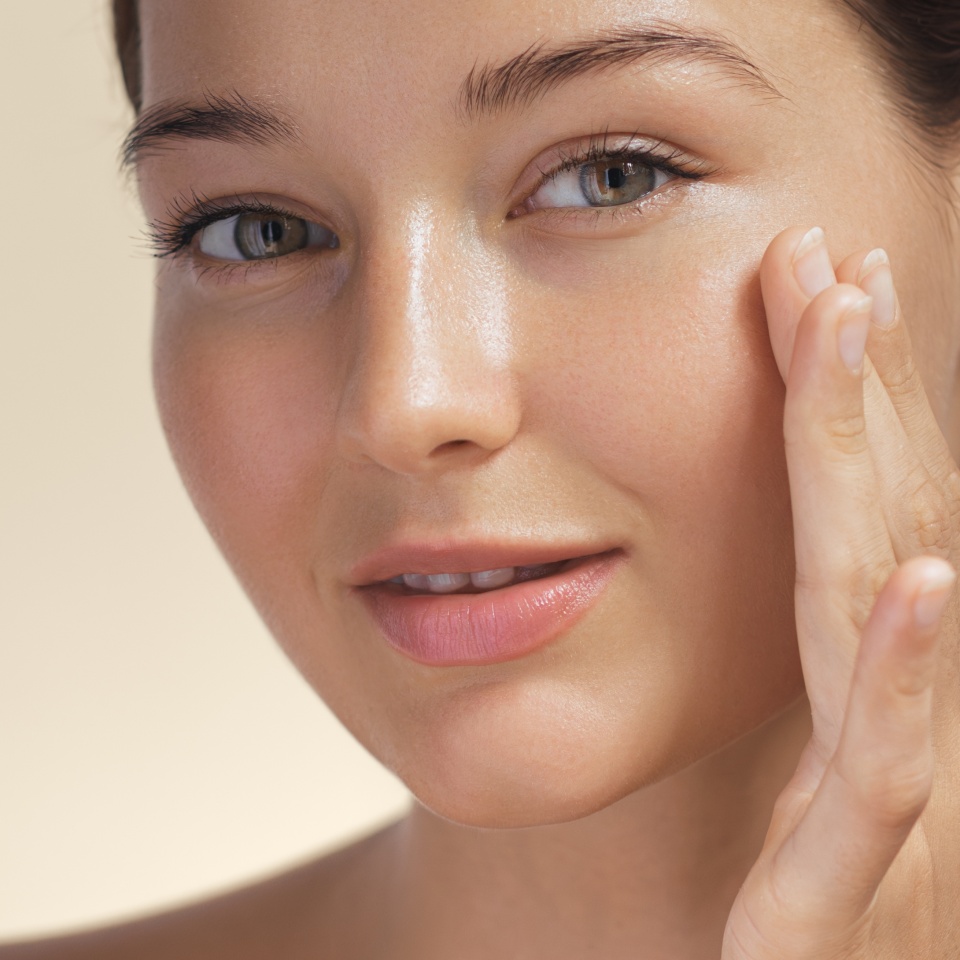Vitiligo affects between 0.76% and 1.11% of American adults, representing nearly 2.8 million people living with this autoimmune condition that creates distinctive white patches on the skin. This chronic disorder occurs when the immune system mistakenly attacks melanocytes–the cells responsible for skin color–resulting in smooth, depigmented areas that can appear anywhere on the body. While vitiligo poses no physical health risks, the visible changes can significantly impact confidence and quality of life, particularly for individuals with darker skin tones where the contrast is most pronounced.
Dr. Zitelli provides comprehensive vitiligo management throughout Cincinnati, offering advanced treatment options including topical therapies, light treatments, and cutting-edge repigmentation techniques to help restore skin color and improve patients’ confidence in their appearance.
One of the best dermatologists! After visiting numerous dermatologists over the years, I can confidently say she is the best in the field. From the moment I stepped into her office, I felt valued and heard. Dr. Zitelli took the time to genuinely listen and provide thoughtful insights and personalized care. Her approach is warm, professional, and incredibly reassuring, making each visit a breeze. I left feeling not only more informed but also confident about my skin health. If you’re looking for a dermatologist who truly cares and excels in patient interaction, look no further! Highly recommend her!
Understanding Vitiligo Types and Symptoms
Successful vitiligo treatment begins with recognizing the different patterns and progression rates that determine the most effective therapeutic approaches for each individual patient.
Non-Segmental Vitiligo Patterns
Symmetric white patches appearing on both sides of the body, representing 90% of cases and often associated with other autoimmune conditions
Segmental Vitiligo Characteristics
Unilateral patches following nerve pathways, typically developing during teenage years with faster onset but greater stability once established
Generalized Vitiligo Distribution
Widespread depigmentation affecting multiple body areas including hands, face, and areas prone to friction or trauma exposure
Focal and Acrofacial Presentations
Limited patches in specific areas, particularly around fingers, toes, and facial openings requiring specialized treatment considerations
Advanced Treatment Options for Skin Pigment Disorder
Modern vitiligo care combines multiple therapeutic approaches to stimulate melanocyte regeneration and restore natural skin color through evidence-based treatment protocols.
Topical Medication Therapies
Prescription corticosteroids, calcineurin inhibitors, and JAK inhibitors applied directly to white patches to reduce immune activity and promote repigmentation
Phototherapy Light Treatments
Narrowband UVB therapy sessions performed in-office or at home to stimulate melanocyte function and encourage color return in affected areas
Combination Treatment Protocols
Integrated approaches using topical medications with light therapy for enhanced repigmentation results and improved treatment success rates
Surgical Repigmentation Procedures
Advanced techniques including melanocyte transplantation and punch grafting for stable, localized vitiligo patches resistant to medical therapy


Autoimmune Skin Care and Lifestyle Management
Comprehensive vitiligo care addresses the underlying autoimmune aspects while providing practical guidance for daily skin care and protection strategies.
Dr. Zitelli emphasizes the importance of gentle skin care routines, sun protection to prevent contrast enhancement, and stress management techniques since emotional stress can trigger vitiligo progression.
Understanding vitiligo’s connection to other autoimmune conditions like thyroid disease helps ensure comprehensive health monitoring and optimal treatment outcomes.
Early Intervention and Treatment Success Factors
The timing and approach to vitiligo treatment significantly influence repigmentation success, with early intervention offering the best outcomes for color restoration.
Research shows that 10-20% of people with vitiligo achieve complete repigmentation, particularly those diagnosed before age 20 or with facial involvement. Early treatment within the first few years of onset, combined with consistent therapy compliance, provides the greatest opportunity for meaningful color return and prevents further progression.
Frequently Asked Questions About Vitiligo Treatment
While there’s no cure for vitiligo, many patients achieve significant repigmentation through consistent treatment, with some experiencing complete color return in affected areas.
Response varies by location and treatment type, with facial areas often showing improvement within weeks to months, while hands and feet may require longer treatment periods.
Vitiligo is not contagious but has genetic components, with about 30% of patients having family members with vitiligo or other autoimmune conditions.
Vitiligo progression varies greatly between individuals, with some experiencing stability for years while others see continued expansion, making early treatment important.
While no specific foods cause vitiligo, maintaining overall health, managing stress, and protecting skin from trauma can help prevent new patch development.

Board-Certified Dermatologist Serving Cincinnati, Ohio
Dr. Kristine Zitelli is a board-certified dermatologist serving the Cincinnati area, known for her expertise in treating a wide range of skin conditions. She completed her medical degree at Wright State University and dermatology residency at the University of Cincinnati, with additional advanced training at the UCSF Psoriasis and Skin Treatment Center. Her clinical focus includes thorough skin examinations, psoriasis, eczema, complex medical dermatology, surgical dermatology and cosmetic treatments using the latest technologies.
Dr. Zitelli has been named a “Top Doctor” in Cincinnati every year since 2016 as well as Cincinnati’s Top Dermatologist in 2020. She remains dedicated to educating the community about skin health and sun safety. Combining academic excellence, clinical research, and a compassionate approach, Dr. Zitelli delivers personalized, evidence-based care to every patient.
Compassionate Vitiligo Care in Cincinnati
Reclaim your confidence with proven vitiligo treatments designed for your unique needs. Dr. Zitelli’s personalized approach to white patch treatment provides Cincinnati patients with advanced repigmentation options, supportive care, and realistic expectations for improvement.
Schedule your vitiligo consultation today to explore treatment possibilities that can help restore your skin’s natural color and enhance your quality of life.